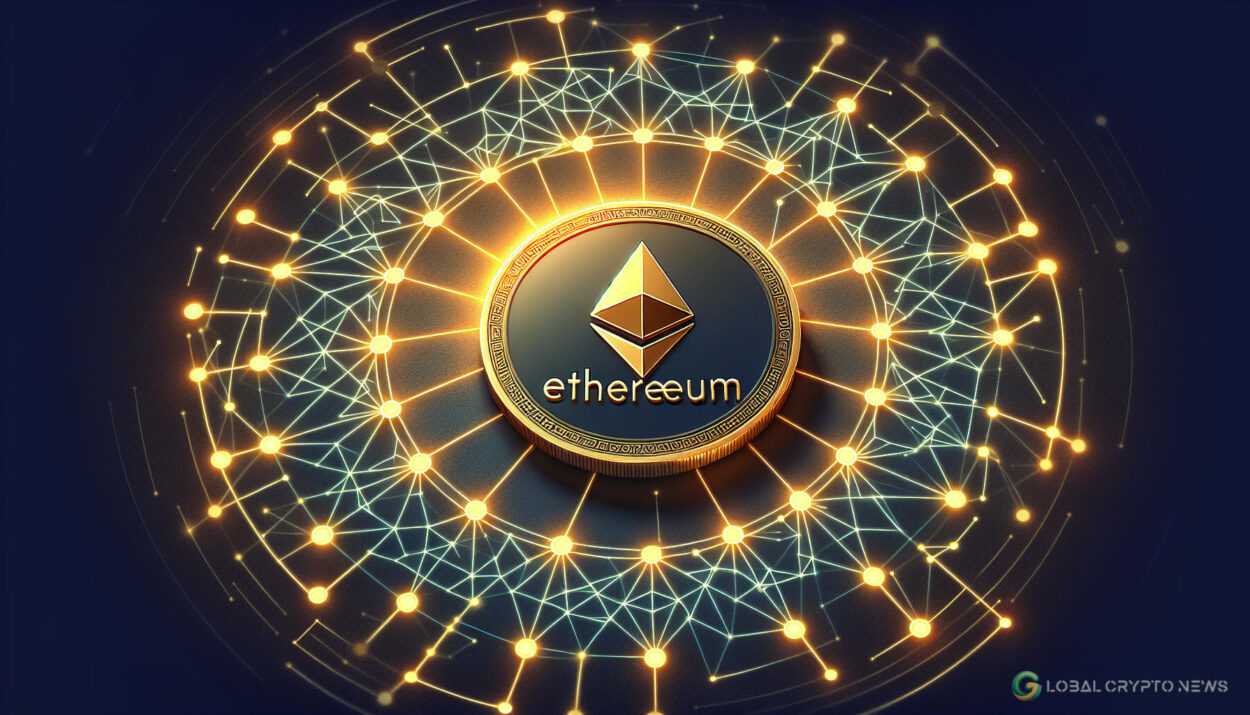Scroll Co-Founder Ye Zhang Criticizes Fee Proposals for Ethereum Rollups
Ye Zhang, co-founder of the layer-2 smart contract platform Scroll, has voiced strong opposition to proposals aimed at imposing fees on Ethereum rollups. Zhang described this idea as “one of the most toxic concepts for Ethereum’s future,” arguing that it prioritizes short-term revenue at the expense of long-term scalability and ecosystem growth.
Ethereum’s Value Lies Beyond Revenue
In a series of posts shared on social media, Zhang emphasized that measuring Ethereum’s value solely by its revenue “misses the point.” Instead, Ethereum’s strength lies in its role as “the hub asset across thousands of rollup ecosystems.” This unique position enables Ethereum to maintain dominance as the foundational asset for various layer-2 solutions, including Base, Arbitrum, Optimism, zkSync, and Scroll.
Impact of EIP-4488 on Ethereum Fees
Data shows that Ethereum’s fees experienced a significant drop following the EIP-4488 upgrade, which enhanced layer-2 scalability. According to analytics platforms, fees fell from tens of millions per day to approximately $570,000 by late March. These lower fees have contributed to Ethereum’s adoption across multiple rollup ecosystems, ensuring its relevance in the broader blockchain landscape.
Potential Risks of Charging Fees on Rollups
Zhang warned that implementing fees on rollups could have unintended consequences. He pointed out that such a move might incentivize rollups to explore alternative data availability solutions, potentially diminishing Ethereum’s central role in the ecosystem. Zhang further cautioned that if Ethereum becomes “greedy” and starts taxing layer-2 solutions, it risks losing relevance while still failing to address scalability challenges.
Comparison to Solana’s Network Structure
Drawing comparisons to Solana, Zhang noted that Solana’s network is vertically integrated, with its native token, SOL, serving as its core asset. In contrast, Ethereum’s approach has already established ETH as the dominant asset across multiple layer-2 networks, even in cases where it is not used as the gas token, such as StarkNet.
Suggestions for Ethereum’s Growth
Rather than focusing on extracting revenue from rollups, Zhang advocated for Ethereum to prioritize scaling and accelerate the implementation of upgrades. This aligns with concerns expressed by other members of the Ethereum development community. For instance, former Ethereum Foundation Solidity expert Harikrishnan Mulackal previously highlighted internal disagreements and delays that have hindered the rollout of crucial updates.
Key Takeaways for Ethereum Enthusiasts
If Ethereum is to retain its leadership position in the blockchain space, its development community must focus on fostering scalability and innovation. Charging fees on rollups could jeopardize the network’s long-term prospects, pushing developers and users toward alternative solutions. Instead, Ethereum’s strength lies in maintaining its role as the central asset across various ecosystems while continuously improving its infrastructure.
For those new to cryptocurrencies and blockchain technology, it’s vital to understand the implications of such debates on the future of Ethereum as an investment and a technological platform. Staying informed about developments in layer-2 scaling solutions and Ethereum upgrades can help investors and enthusiasts make smarter decisions in this evolving space.
























